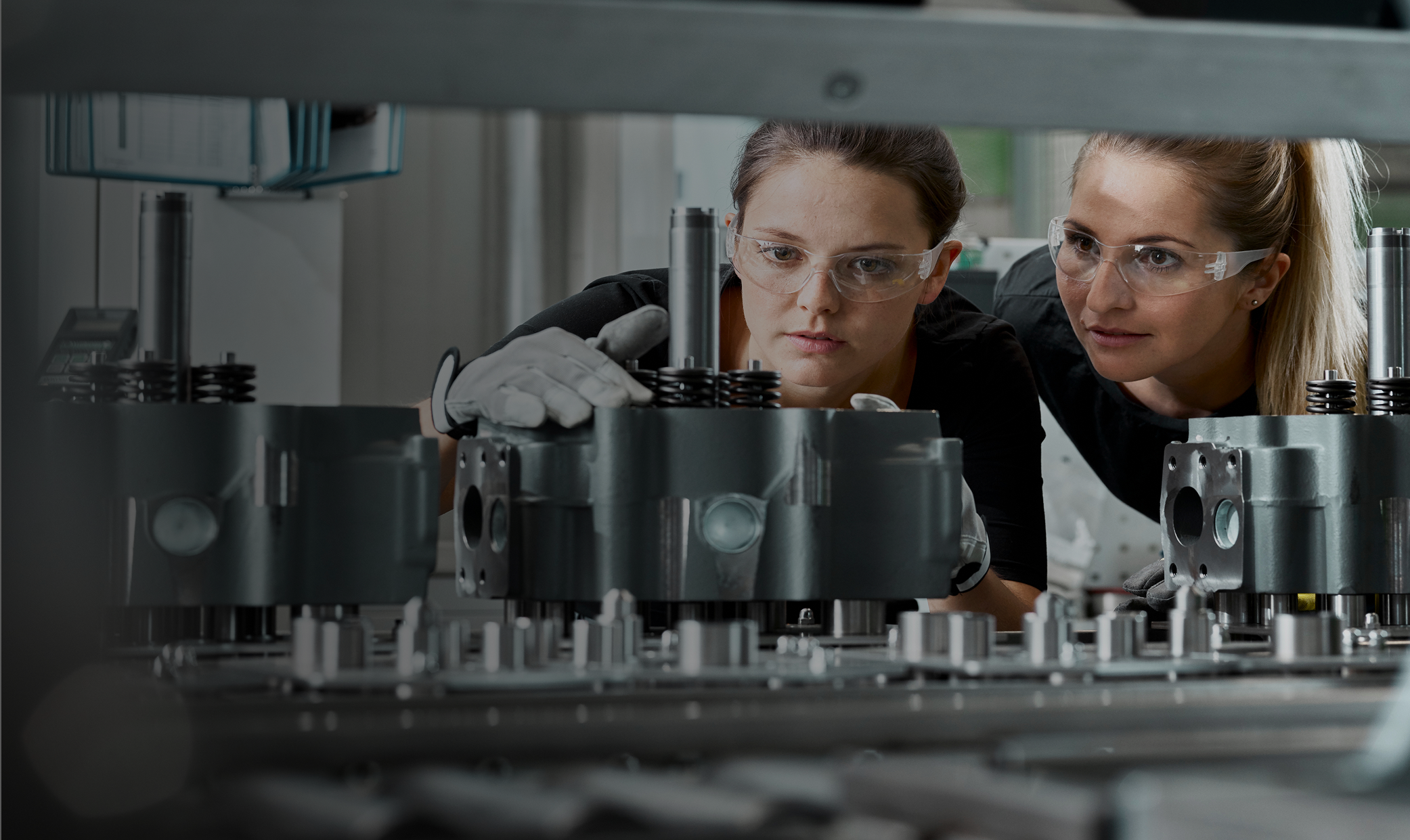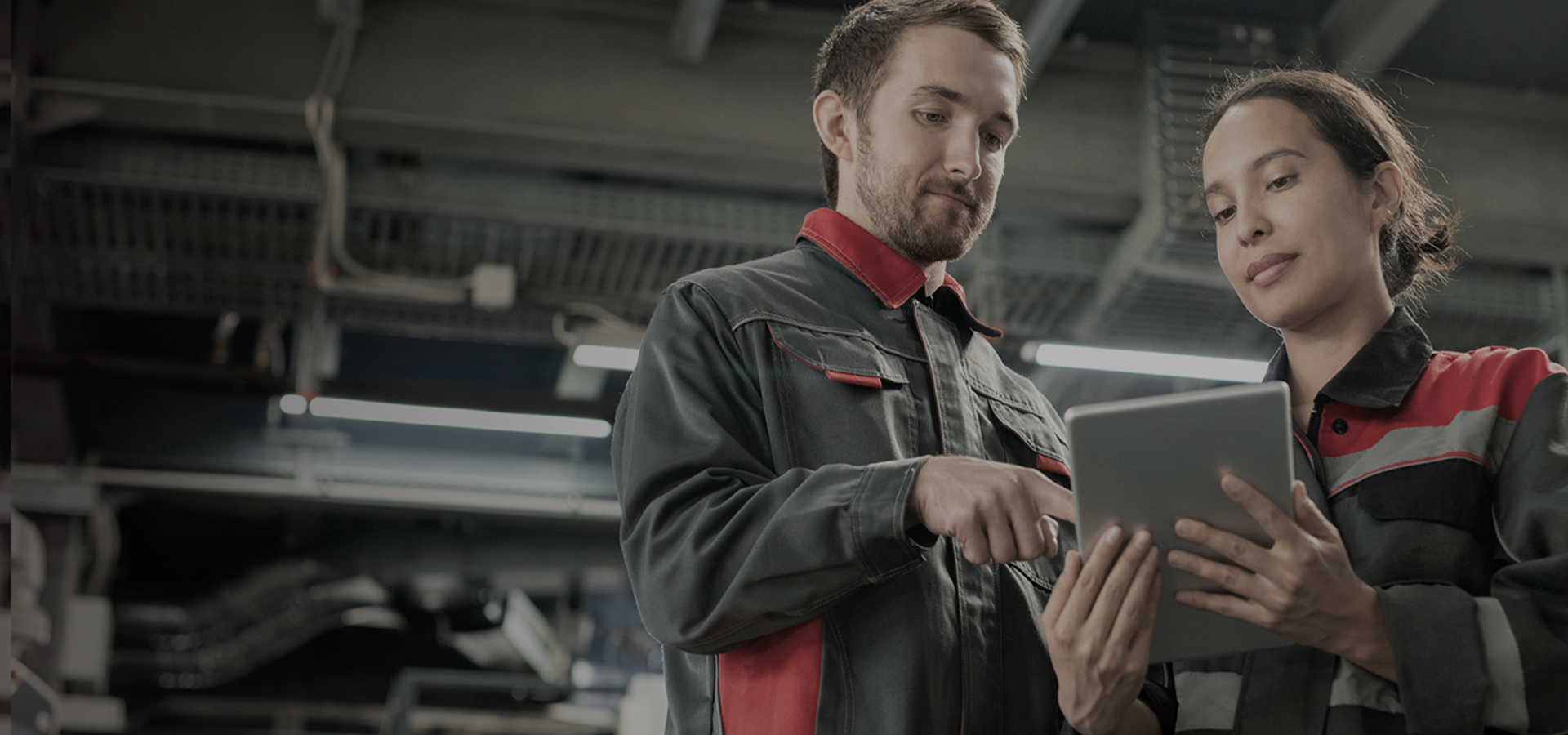One of the primary pros of integrating robotics into manufacturing is improved accuracy. Robots are precise and consistent, meaning that they can be programmed to perform tasks with a high degree of accuracy. This leads to a reduction in errors and rework, and a higher quality of finished products. This can help reduce the amount of scrap and waste produced in the manufacturing process.
The speed of manufacturing processes with the use of robots is also improved. Generally, robots perform tasks much faster than human workers, leading to increased productivity and efficiency.
For example, robots can work continuously, 24/7, without needing breaks or rest, unlike human workers who require breaks and rest periods. In addition, they don’t take vacations, rarely call in sick, and you don’t have to give them a paycheck. They can also take repetitive and boring tasks from human workers, allowing those employees to work on higher value tasks instead. This can lead to a significant increase in production output.
Studies have shown that the use of robots can result in significant productivity gains for manufacturers. For example, a study by the International Federation of Robotics found that in the automotive industry, the use of robots led to a 16% increase in productivity between 2010 and 2016. Another study by the Boston Consulting Group found that the use of robots in manufacturing can lead to a 10% to 30% reduction in production costs.




